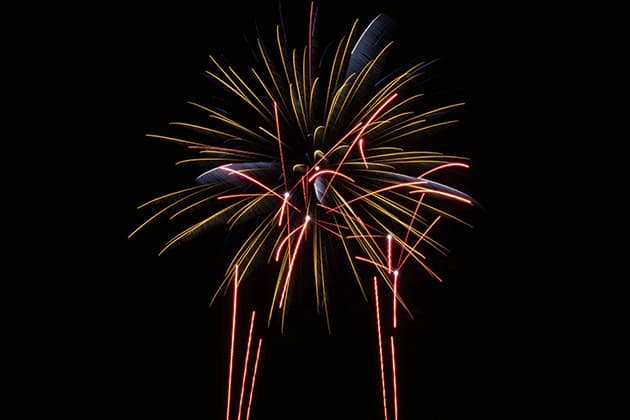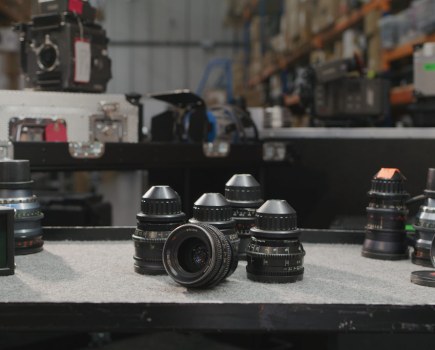Bonfire night is an obvious time to shoot fireworks, but with Christmas and the New Year just around the corner there are plenty more opportunities to capture the sky lit by mini explosions. If you plan to photograph an organised event, try to get there as early as you can to secure an elevated position. In that way, you can include recognisable shapes, such as trees, buildings or statues, in the foreground, without having to shoot over people’s heads. If, on the other hand, you want to include multiple bursts in one exposure, a plain black sky is the way to go. You might also like to consider including floodlit buildings in the frame to place the display in context, and give people some indication as to what is being celebrated. Just remember to turn off your flash.
- Set a low ISO and use the bulb setting on your camera. Try an aperture of f/11 as a starting point. Make sure your camera is on a tripod, and use a remote release. Open the shutter as the firework is about to explode and close it as it is dying away.
- Good results can be obtained using wideangle lenses, but short telephotos are often preferable for this type of work as they will help you to fill the frame with the display.
- If your camera has a long-exposure noise-reduction feature, switch it on – this will minimise noise in the sky. It’s also a good idea to switch off your autofocus, as the camera may struggle to lock on. Prefocus the lens manually instead.
- Firework displays tend to go on for quite a long time, so don’t rush. Experiment with vertical and portrait-orientations, and try a mixture of single exposure and multiple-exposure pictures.







